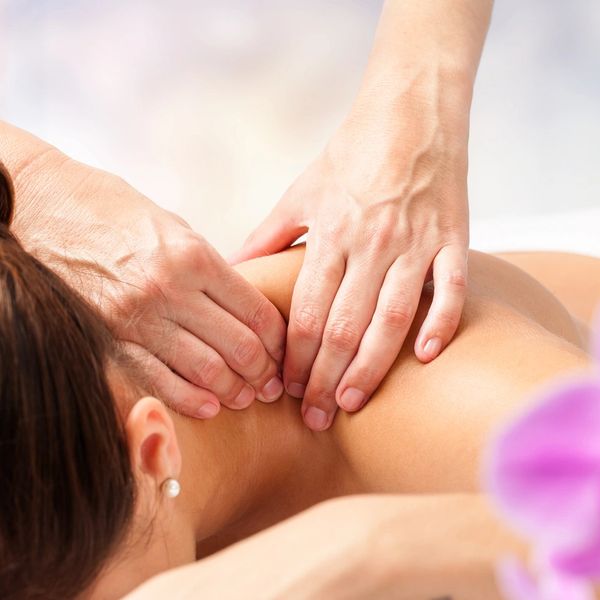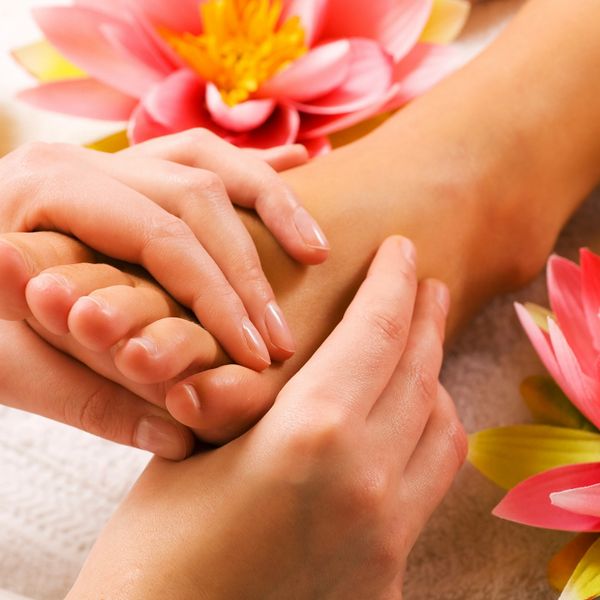About the treatments...

Swedish massage
Swedish massage is one of the most common and well-known types of massage therapy. It’s designed to promote relaxation, improve circulation, and ease muscle tension through long, smooth strokes.
Swedish massage is generally considered very relaxing and is great for people new to massage. It’s also helpful for stress relief, improving flexibility, and enhancing overall well-being. The pressure can be adjusted to your preference, from light to medium or even deep.
Swedish massage is known for its relaxing and therapeutic benefits. Some of the key benefits include relaxation and stress relief, improved circulation, relieving muscle tension, soreness, and stiffness, which can help reduce pain, especially in areas like the back, neck, and shoulders. Increased flexibility, improving sleep and mental clarity and boosting mood and the immune system.

aromatherapy massage
Aromatherapy massage combines the therapeutic benefits of massage with the healing properties of essential oils. During an aromatherapy massage, essential oils derived from plants, flowers, and herbs are used to help enhance the massage experience. These oils can be inhaled or absorbed through the skin, and each oil has its own unique set of properties to support relaxation, healing, or energy.
The oils are usually blended with a carrier oil to make them safe for skin contact. Depending on your needs or preferences, oils will be chosen that promote relaxation, boost energy, or support emotional balance.
The massage itself can range from light to deep pressure, depending on what you need. The idea is that the combination of the oils' scents and the soothing touch of the massage will help reduce stress, improve mood, relieve muscle tension, and enhance overall well-being.

Myofascial Release
Myofascial Release is a gentle, hands-on therapy that works on the fascia—the thin, stretchy connective tissue that surrounds and supports muscles, bones, and organs throughout the body. When this tissue becomes tight or restricted due to stress, injury, or poor posture, it can cause pain, stiffness, and a reduced range of motion.
Unlike traditional massage, which focuses on muscles, myofascial release targets the fascia itself, using slow, sustained pressure to soften and release tension in these connective tissues. This approach encourages the fascia to rehydrate and return to a more fluid, flexible state, allowing the body to move more freely and comfortably.
Some of the benefits of myofascial release incude relieving chronic pain caused by tension, injury, or postural imbalances.
Improved flexibility and mobility by loosening restrictions in the fascia
Reduced muscle tension without the need for deep, forceful pressure.
Relaxation and wellbeing through gentle, mindful touch.

holistic facial
A holistic facial is a deeply relaxing treatment that nourishes your skin and soothes your whole being. Using gentle massage techniques, natural products and mindful touch, this facial helps to restore balance and radiance from the inside out.
Rather than focusing only on the surface, a holistic facial treats you as a whole — easing tension in the face, neck and shoulders, calming the nervous system, and supporting healthy circulation for a natural glow.
Each treatment is tailored to your skin’s needs and includes the use of warm, steaming cloths, cleansing, toning, exfoliation, facial massage and a nourishing mask. While the mask works its magic, you’ll enjoy a relaxing arm and hand massage. The treatment is finished with serum, moisturiser and eye gel to leave your skin feeling soft, bright and cared for.
You’ll leave feeling refreshed, restored and beautifully grounded — glowing from the inside out.

reflexology
Reflexology is a therapeutic practice that involves applying pressure to specific points on the feet which are believed to correspond to different organs and systems in the body. The idea behind reflexology is that these reflex points act like maps of the body, and stimulating them can promote health and well-being by improving circulation, reducing stress, and encouraging the body to heal itself.
In reflexology, varying degrees of pressure is applied to reflex areas. It's not just about massage, though—it’s thought that working on these pressure points can help unblock energy pathways and stimulate the body's natural healing processes.
Reflexology is used as a complementary therapy to help with conditions like stress, headaches, digestive issues, and pain management. Many people find it deeply relaxing, which in itself can have therapeutic benefits.
